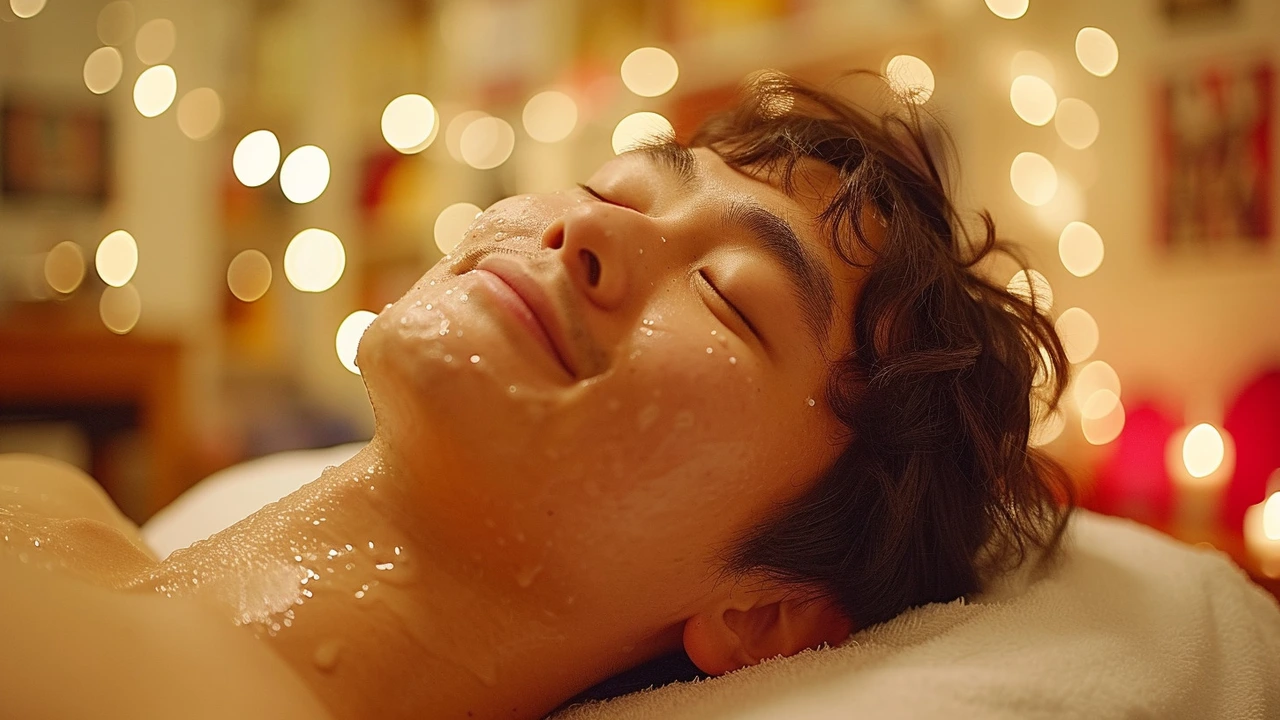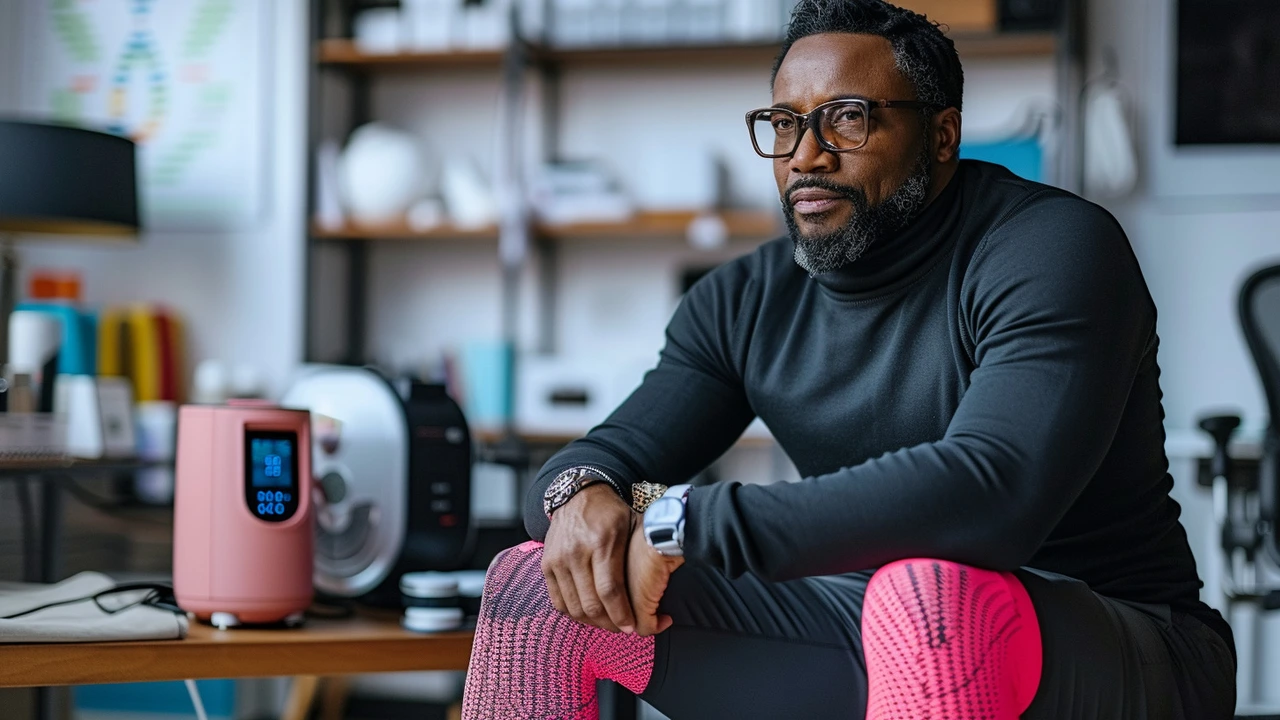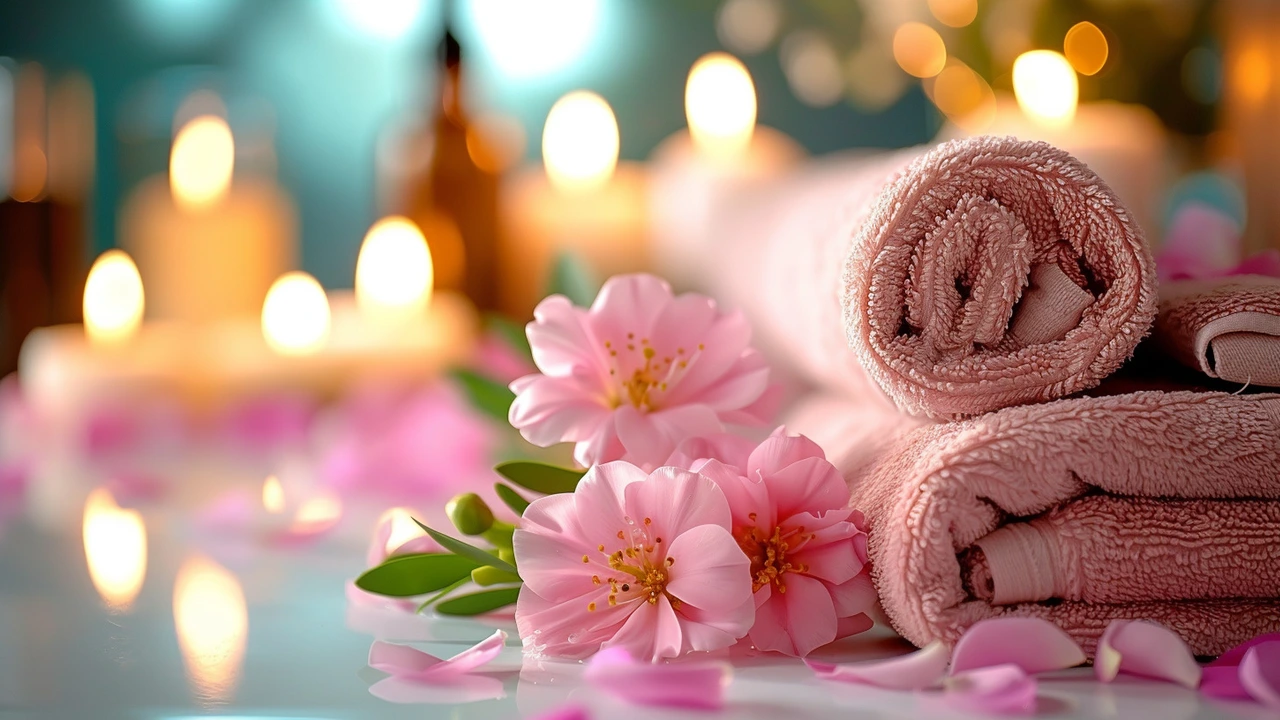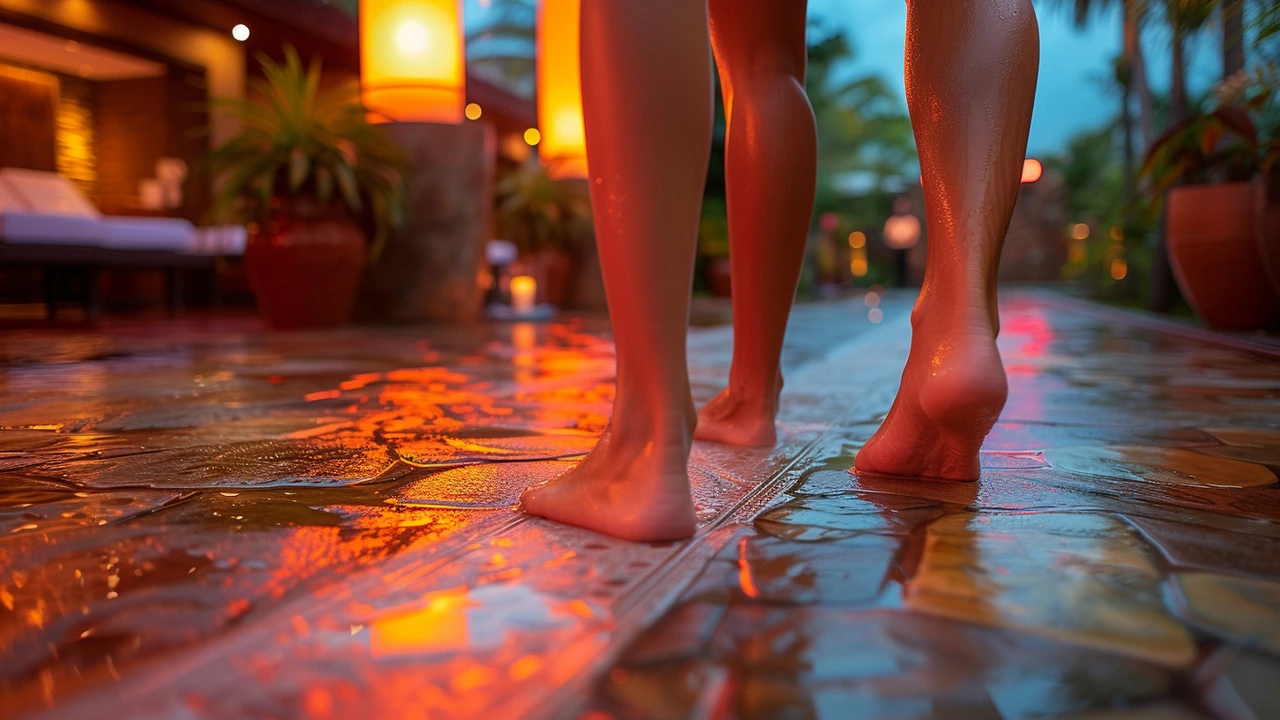Boost Wellness with Cupping Therapy: An Ancient Healing Technique
 Jan, 12 2024
Jan, 12 2024
Introduction to Cupping Therapy
Cupping therapy sounds a bit like something you'd do to your morning coffee, doesn't it? But hold on, before you start pressing down on your latte, let me clue you in on something—that's not the kind of cupping I'm about to spill the beans on! Cupping therapy has been around since ancient times, way before coffee was the morning staple for waking up our weary brains. It's sort of like a reverse massage. Instead of pushing down on muscles, it uses suction to pull them upwards. Think of it like a vacuum cleaner that's been to a spa training retreat. Anyway, practitioners use cups—usually made of glass, bamboo, or silicone—on your skin to create suction. It's like having little octopuses giving your muscles a loving hug, except less tentacle-y and no risk of ink stains.
Historical Significance of Cupping
The history of cupping therapy is longer than the line at the post office during holiday season. This practice dates back to ancient Egyptian, Chinese, and Middle Eastern cultures. It was the go-to remedy for all sorts of ailments, from muscle aches and pains to the common cold. Even the famous Greek physician Hippocrates, who is often considered the 'Father of Medicine', was all about cupping therapy. Imagine ancient Greeks getting cupped after a long day of philosophizing and discussing politics—it's like their version of hitting the gym or a spa day!
Understanding the Benefits of Cupping
Now, onto the juicy part—the benefits of cupping. This wellness fad has people singing its praises for all sorts of reasons. Some say it helps with pain relief, others reckon it can help reduce inflammation, and some even believe it can improve blood flow faster than a river after a storm. There's also talk about cupping helping with skincare, making you look fresher than a morning daisy. It might even improve digestion, which is great news for burrito lovers everywhere. But it's not just physical perks; cupping might even help alleviate some of the cobwebs in your mental attic too. Some have reported feeling more relaxed and having a better night's sleep after cupping, which is a solid win in my book, considering Edison, my kid, sometimes wakes me up at the crack of dawn!
Cupping Techniques and Variations
Cupping isn't one-size-fits-all. There are various types, from dry cupping, which is like a basic suction cup attack, to wet cupping, which goes all out with a bit of medicinal bleeding—yep, it's not for the faint-hearted. There's also fire cupping, where cups are briefly exposed to flame to create suction. Needless to say, if you're attempting fire cupping, don't try this at home, kids. Let the pros handle the fire, especially since you don't want to turn your back into a birthday cake. There's also moving cupping, where the cups are glided across the skin like little UFOs abducting your muscle tension. If you're adventurous with your wellness, you might even find cupping combined with acupuncture for an extra zing!
When to Choose Cupping Therapy
You might be wondering when to dive into the world of cupping. Well, it's a bit like picking an avocado—you want to get it just right. If you've got muscle soreness, skin issues, or just feel like your body needs a reboot, it might be worth giving it a whirl. Cupping therapy is becoming a regular in the sports world too, with many athletes using it to soothe their warrior-esque bods. Just make sure you don't have any skin conditions that might get grumpy with cupping or blood disorders that could throw a wrench in the works. Always chat with a healthcare professional before getting suction cup happy to ensure it's right for you.
Preparation and What to Expect During a Session
So you've decided to take the pl[u]nge into cupping therapy—congrats!
Post-Cupping Care and Common Side Effects
After cupping, it's not just a get-up-and-go kind of deal. You've got to treat your skin with a little TLC, like it's been on a date with the suction cups and now needs some 'me' time. Expect some bruising—it's part of the gig, and it looks like you have been in a tussle with a vacuum cleaner. The marks can range from light pink to deep purple, but they usually fade away after a few days or up to a week, looking less like a modern art piece and more like your regular skin tone. You'll also need to keep the area clean to avoid any unwanted guests (we're talking about infections, not in-laws popping over). Make sure you drink lots of water, too—it's like a spa treatment for your insides, and staying hydrated helps your body to recover.
Finding the Right Practitioner
Like a great haircut, finding the right cupping therapist is crucial. Do your homework—look for reviews, ask for recommendations, and check their qualifications. It's not a time to be shy; get all up in their business about their experience and hygiene practices. After all, you don't want someone who's just watched a YouTube tutorial on cupping handling your skin. A good practitioner will make you feel comfortable, explain the process, and probably have an array of cups that look like a kitchenware shop. And remember, it's okay to be picky—this is your body we're talking about, and you want to trust the hands (and cups) that you're putting it in.
Incorporating Cupping Into Your Wellness Routine
And we come to the finale—making cupping a star player in your wellness playbook. It doesn't have to be your only strategy, but it can be a stellar supporting act. Mix it into your routine with other wellness juggernauts: a balanced diet, regular exercise, and maybe some meditation to keep your mind as fit as your cupped muscles. It's all about balance, right? Cupping can be that special wellness boost, like a hidden gem in a treasure chest of health practices, or the sprinkles on your already nutritious smoothie. It's worth giving it a shot and seeing if it makes you feel like a superhero—or at least, a very well-cupped human.





